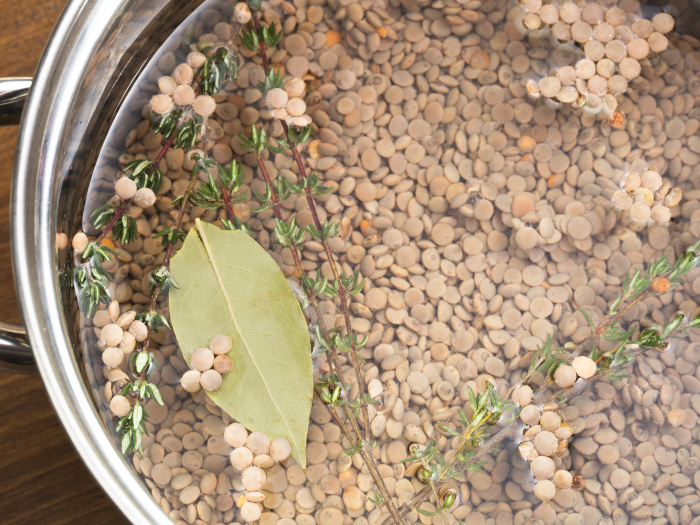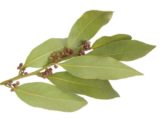There is a myth that bay leaves are poisonous and people believe that this is the reason these dried leaves are often fished out of soups and stews prior to being served. In this article, we find out if you can eat bay leaves and if they are indeed poisonous.
Can You Eat Bay Leaves?
Bay leaves are not harmful to eat. This is an age-old belief in certain parts of the world that these dried leaves are hazardous to health. Perhaps, the genesis of this urban myth is its similarity to the leaves of the mountain laurel tree, which is known to be toxic to both, humans and animals. However, you can rest assured that the bay leaves sold as spices to not poisonous. [1]

Bay leaves are often used to flavor soups and stews. Photo Credit: Shutterstock
Research reports show that bay leaves have been used for thousands of years not only as a flavoring for soups and stews but also as a folklore remedy for stomachaches and common respiratory ailments. For more on the health benefits of bay leaves, you can head over to Top 7 Benefits of Bay Leaves. [2]
While bay leaves are not poisonous, the question is not – can you eat bay leaves – but more about, are bay leaves chewable? The spicy, pungent leaves remain stiff and are usually used whole to flavor the dishes. Bay leaves, therefore, may present a choking hazard or at best, an extremely uncomfortable experience to eat and swallow.
Different Forms Of Bay Leaf
Bay leaves are usually sold in whole, dried form, frozen leaves, or powdered leaves. While the leaves are usually simmered whole in dishes, the spice powder is used to flavor meat, fish, and chicken. The powder is often part of Middle Eastern and Greek kabab marinade recipes. The peppery-flavored powder also offers an interesting layer of flavor to custards and sweet bread. Bay leaf powder is often used as a natural teeth whitening agent and may be used to soothe toothaches due to its analgesic, antibacterial, and anti-inflammatory properties. [3]
Fresh Bay Leaves Vs Dried Bay Leaves
Fresh bay leaves are bright green in color and have a spicy, almost bitter taste. On the other hand, dried bay leaves have a lovely herbal fragrance. They give a mellow, menthol-like flavor when added to soups, stews, and pasta sauces. Many Indian dishes call for dried bay leaves to be first sautéed in oil or ghee (butter) for a minute or so, to impart an herbal, floral flavor to the oil. Lentil soups (dals), rice pilafs, and biryanis usually start with this as the first step. You can try our winning Easy Homemade Chicken Biryani Recipe for a flavorful spiced Indian rice dish.
You can substitute one fresh bay leaf for two dried bay leaves if you have only the fresh leaves on hand. Fresh bay leaves can be kept in a damp paper towel in the refrigerator for up to 2 weeks. They can also be stored in the freezer. Dried bay leaves, on the hand, can keep for a year or two in an airtight container in a cool, dry place.

